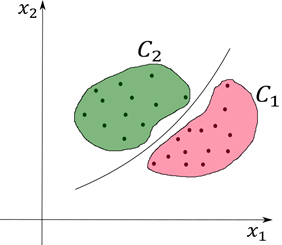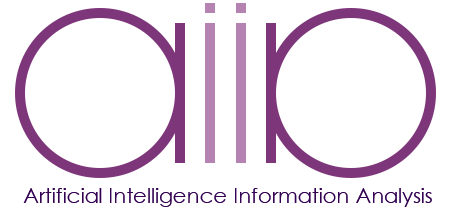DESCRIPTION
Nowadays, Artificial Intelligence drives scientific and economic growth worldwide. This is largely due to advances in Machine Learning (ML). Its applications span and revolutionize almost every human activity:
- Autonomous Systems (cars, drones, vessels),
- Media Content and Art Creation (including fake data creation/detection), Social Media Analytics,
- Medical Imaging and Diagnosis,
- Financial Engineering (forecasting and analytics), Big Data Analytics,
- Broadcasting, Internet and Communications,
- Robotics/Control
- Intelligent Human-Machine Interaction, Anthropocentric (human-centered) Computing,
- Smart Cities/Buildings and Assisted living.
- Scientific Modeling and Analytics.
This CVML Web Module focuses on Machine Learning theory, its applications in the above-mentioned diverse domains and new challenges ahead.
ML terminology and the strict mathematical definition of its tasks, as detailed in the first lecture, are essential, because the confluence of scientists from many disciplines to AI and ML created a havoc of terms and concepts. Then, Unsupervised Learning (Data Clustering) is detailed, allowing us to find structure and extract concepts/knowledge from huge high-dimensionality data. Supervised Learning (Data Classification) techniques are subsequently presented, notably: a) Decision surfaces (whose special case is DNNs and SVMs) and b) Distance based classification. Label Propagation provides a useful bridge between both Unsupervised and Supervised Learning.
Then, Dimensionality Reduction techniques are overviewed, allowing us to visualize high-dimensionality data found in most applications, ranging from Medicine to Financial Engineering. Graph-based Dimensionality Reduction provides a unified framework for Dimensionality Reduction. Kernel methods are presented that can boost performance of any linear ML operation (e.g., PCA, K-means etc).
Finally, Bayesian Learning, complemented by Parameter Estimation and Hypothesis Testing, provides a unified theoretical framework that can encompass many of the ML approaches.

LECTURE LIST
- Bayesian Learning
- Data Clustering
- Decision Surfaces. Support Vector Machines
- Dimensionality Reduction
- Distance-based Classification
- Graph-based Dimensionality Reduction
- Hypothesis Testing
- Introduction to Machine Learning
- Kernel Methods
- Label Propagation
- Parameter Estimation
LECTURE SLIDES
https://aiia.csd.auth.gr/machine-learning-pattern-recognition-lecture-slides/

